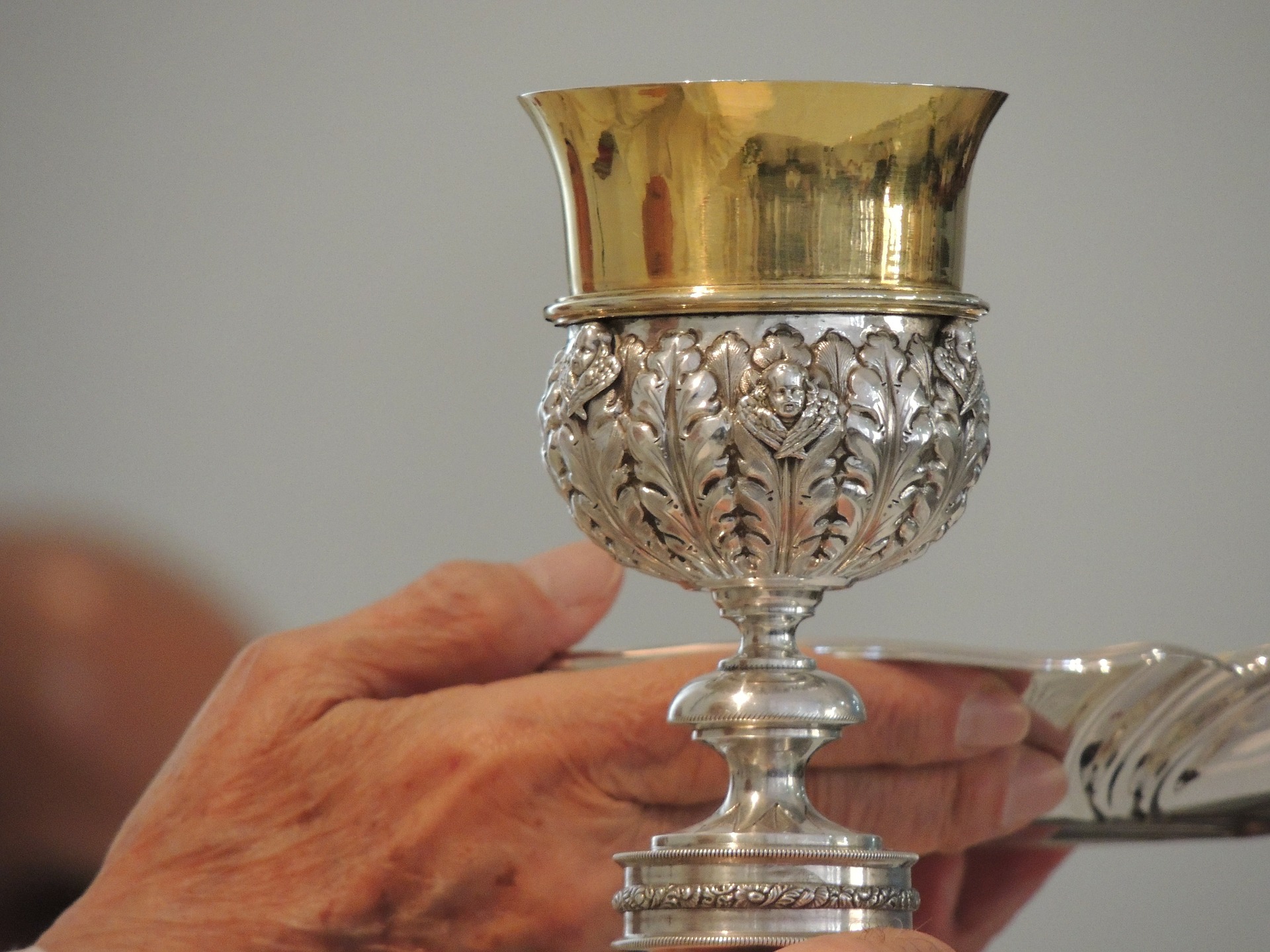Answered by Legionary of Christ Father Edward McNamara, professor of liturgy and sacramental theology and director of the Sacerdos Institute at the Regina Apostolorum university.
Q: Are there guidelines for combining vespers with exposition and Benediction? The document “Holy Communion and Worship of the Eucharist Outside Mass” has an appendix for “Eucharistic Exposition and Benediction with Evening Prayer,” but it doesn’t include the introductory versicles for Evening Prayer and seems to omit both the Our Father and the closing prayer of the vespers. When adoration follows Mass, the Roman Missal includes the Prayer after Communion before going to incense the Blessed Sacrament. And finally, one company has published a book called “Order for the Solemn Exposition of the Holy Eucharist” which does prescribe the introductory versicles, as well as the Our Father, but omits the closing prayer because there will be a prayer as part of Benediction. But it seems that one prayer is for vespers and the other prayer is for Benediction, and I’m not sure why the one needs to be omitted for the sake of the other. They are separated by other ritual actions. — D.M., Linn, Missouri
A: There are some guidelines. For example, the Archdiocese of New York has the following brief indication:
“The Liturgy of the Hours may be celebrated in the presence of the exposed Blessed Sacrament. In such cases, and when the hour celebrated corresponds with the conclusion of the time of exposition, the concluding prayer of the hour may be omitted and replaced by the rite of benediction.”
A document of the U.S. bishops’ conference Committee on the Liturgy adds:
“In the light of these directives, the Order for Solemn Exposition of the Holy Eucharist provides several settings for the Liturgy of the Hours and two Eucharistic Services of Prayer and Praise. These liturgies are designed to ‘acknowledge Christ’s marvelous presence in the sacrament and invite us to the spiritual union with Him that culminates in sacramental communion’ (Order for Solemn Exposition of the Holy Eucharist, number 7).
“Eucharistic exposition and benediction are no longer considered devotions, but rather are a part of the Church’s official liturgy. Whereas in the past benediction was frequently added on to the end of another service or devotion, this is no longer permitted. Eucharistic exposition and benediction is a complete liturgical service in its own right and is to be celebrated as such.”
The above-mentioned “Order for Solemn Exposition of the Holy Eucharist” was published by the U.S. bishops’ conference in 1993 as a supplement to the 1973 «Holy Communion and Worship of the Eucharist Outside Mass» and is a collection of the rubrics and directives of the liturgical books regarding Eucharistic exposition and benediction.
While this ritual book is useful during the celebration, in 2004 the U.S. bishops’ conference updated some of the normative aspects in a booklet called “Thirty-one Questions on Adoration of the Blessed Sacrament” which addresses frequently-asked questions about Eucharistic adoration, especially the relationship between Mass and Eucharistic adoration, the importance of Eucharistic adoration, and the difference between Eucharistic adoration and exposition. It also includes excerpts from Redemptionis Sacramentum and Holy Communion and Worship of the Eucharist Outside Mass.
The above norms would explain the absence of the closing prayer in the booklet mentioned by our reader, although, as seen above, this would only occur when the office is celebrated immediately before Benediction. In all other cases, the office would be celebrated as normal except omitting the final blessing and dismissal.
Another very practical and useful resource is Bishop Peter J. Elliott’s: “Ceremonies of the Modern Roman Rite.” His brief but precise indications for praying a solemn office before the Blessed Sacrament exposed mention the following points:
— If there is exposition immediately before the office, the office begins once the exposition is complete and the celebrant goes to the chair.
— At the Gospel canticle, having prepared incense at the chair, the celebrants and assistants come before the altar, genuflect and kneel while the celebrant incenses the Eucharist. They rise to go up to the altar, genuflect and continue the incensation as usual. They genuflect together when they pass the monstrance.
— The final intercessions of vespers and (less commonly) lauds may be made standing before the altar. The final blessing and dismissal are omitted.
— If Benediction follows immediately, then the Eucharistic song begins.
Bishop Elliott, because he is specifically dealing with solemn vespers, does not mention that it would be possible to omit the incensation of the altar during the Gospel canticle.
Nor does he touch upon the possibility mentioned in the New York guidelines that “the concluding prayer of the hour may be omitted and replaced by the rite of benediction.” This is probably also because he is specifically dealing with solemn vespers. Indeed while this norm exists it would be somewhat illogical to celebrate the solemn vespers of a feast and then omit the closing prayer specific to that feast.
The above-mentioned omission would be more suited to celebrations of the office before the Blessed Sacrament on ordinary days.
* * *
Readers may send questions to zenit.liturgy@gmail.com. Please put the word «Liturgy» in the subject field. The text should include your initials, your city, and your state, province or country. Father McNamara can only answer a small selection of the great number of questions that arrive.



